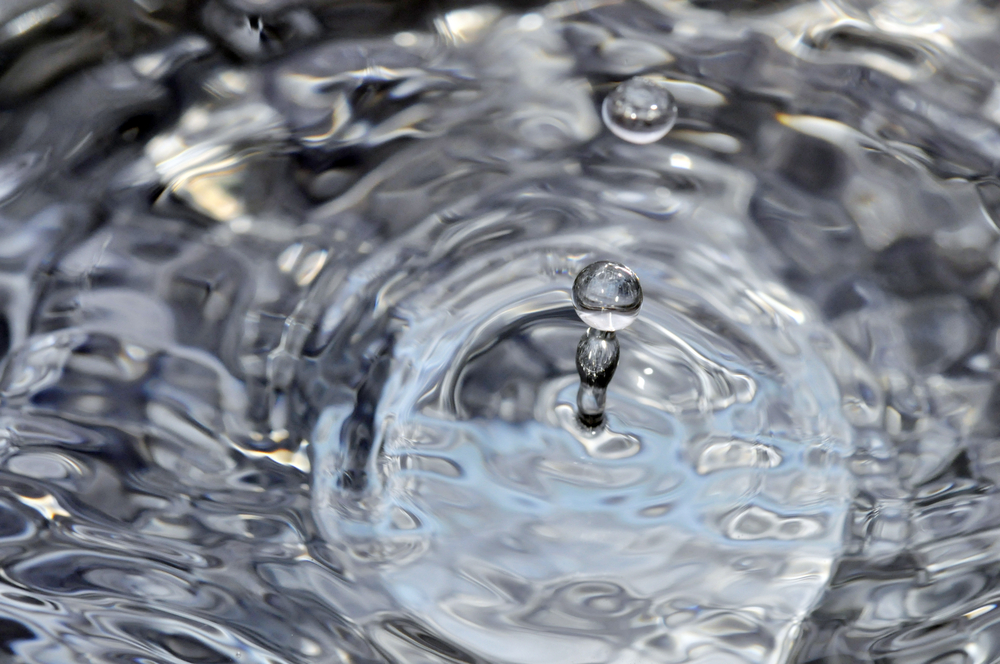The Koshas
The Western and the Yogic perspective on the human body are quite different from each other. Unlike in our Western understanding of human anatomy and physiology, the yogic philosophy holds that the human body consists of five layers (or sheaths), in Sanskrit, koshas.
These layers progress from a gross physical level to a more subtle energetic level and function as a wrapping for the Higher Self, Brahman. Through our Yoga practice we can move through these different layers and thus quite literally embark on a “journey inwards” to our most inner wisdom
This model of the human being is described in the taittiriya upanishad, which is entitled “Ascent to Joy”, a very fitting title, considering, that the last layer of the human body is joy, ananda (also often translated as bliss). As we go deeper and deeper in our journey, peeling away layer after layer, we will reach the experience of pure joy. The source of this infinite joy, of ananda, is Brahman.
The Upanishads tell us that Brahman as the source of joy is also the source from which everything stems, and out of Brahman developed the human body with its five sheaths.
Human beings have three bodies where its 5 Koshas reside.
- Gross Body (Sthula Sharira) Anamaya and Pranamaya Kosha
- Subtle Body or Astral Body (Linga Sharira) Mano- and Jnanamaya Kosha
- Causal body (Karana Sharira) Anandamaya Kosha
The five koshas are:
- anamaya kosha (material layer/ “foodstuff” sheath/ana=food): The material layer is nourished by food; that is the food from our diets, but also what we “feed” through our senses.We need food to sustain anamaya and we will be food one day as well. Also, the 5 elements constitute this sheath: prithivi – earth; apas – water; agni – fire; vaju – air; akasha – ether/space.
- pranamaya kosha (vitality layer/ “energy” sheath): Contained within the anamaya kosha is the pranamaya kosha, which consists of prana, the vital life force. In the Upanishads it says “Man and woman, beast and bird live by breath. Breath is therefore called the true sign of life. It is the vital force in everyone, that determines how long we are to live.” (II.3.1)
Prana can be further divided according to its different functions within the body into prana, apana, samana, udana and vyana (further explained in The Vayus section). Other central elements in the pranamaya kosha are the chakras and the nadis (further explained in The Nadis section.).
- manomaya kosha (mind layer/ “mind-stuff” sheath): This kosha lies within the previous one, the vital sheath. The manomaya kosha is made out of manas, the mind (refer to end of this section for the model of a yogis mind, anthakarana) and the five sensory organs.
- vijnanamaya kosha (intuition layer/”wisdom” sheath): Within the mental sheath there is the vijnanamaya kosha, which is the sheath of wisdom. In the Upanishads it says “Wisdom means a life of selfless service. Even the Gods seek spiritual wisdom. Those, who attain wisdom are freed from sin and find all their selfless desires granted.” (II.5.1.) This sheath also contains buddhi – the intellect and is said to work together with the five sensory organs in the previous sheath.
- anandamaya kosha (joy layer/”bliss” sheath): Lastly, within the vijnanamaya kosha lies the anandamaya kosha, pure bliss, which is Brahman, the Higher Self.
“The Self is the source of abiding joy.
Our hearts are filled with joy in seeing him
Enshrined in the depths of our consciousness.
If he were not there, who would breathe, who lives?
He it is who fills every heart with joy.
When one realizes the Self, in whom
All life is one, changeless, nameless, formless,
Then one fears no more. Until we realize
The unity of life, we live in fear.” (II. 6.1.)
In the teachings of the Upanishads there is a very practical application of how one can move through these layers and thus get to the ultimate experience of Brahman.
The Upanishads tell of the student Bhrigu, who went to his father, Varuna, who was also his teacher, to ask what the Self is. His father replied he first had to learn about food. Bhrigu meditated on food and came to realize the nature of the first sheath (anamaya kosha), he went back to his father, because he sensed there was still more. Again, he got the reply to go and meditate. So he did and realized the nature of the second sheath, the pranamaya kosha. He still wanted to learn more, went back to his father once more and again was told to meditate. Upon this he realized the nature of his mind and experienced the manomaya kosha. He went back twice more to only be told twice more to seek further in meditation. After the fourth time Bhrigu came to recognize the sheath of wisdom and finally, deeply embedded in his meditation, he realized Brahman, and found eternal bliss, ananda. Thus, the practical advice of the Upanishads is simple; seek the Higher Self in your meditation. That is the practice of Yoga.
written by Carina Hilmar


